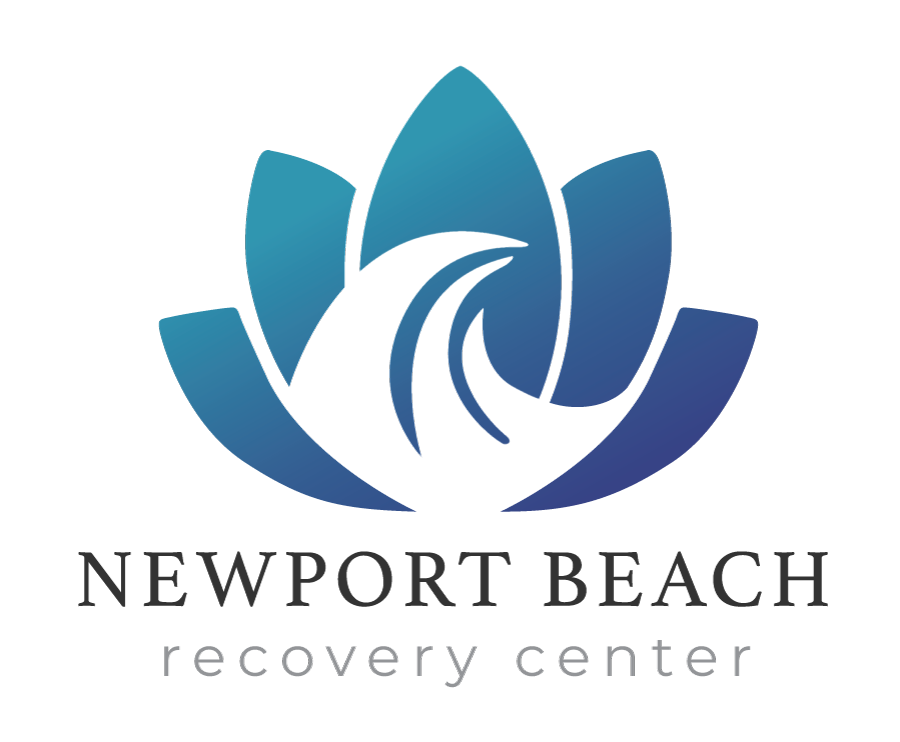People can grow addicted to harmful substances for a variety of reasons.
According to the Mayo Clinic, factors that can significantly raise the likelihood of you developing some form of substance addiction include mental health disorders, your family history, and the current situations involving your friends and family.
The reality is that if you aren’t careful, it can become very easy to fall prey to the perceived allure of addictive substances.
Those are not the only factors that can place you at greater risk for developing an addiction, however. Stress can also play a large role in how willing you are to use addictive substances.
Stress Hormones May Be Causing People to Crave Addictive Substances
An article published earlier this year by Tufts Now shines a spotlight on experiments being conducted by neuroscientist Klaus Miczek and his colleague, research assistant professor Herb Covington. Thanks to the experiments they have performed, a clearer picture of how stress can lead people to become addicted is starting to develop.
Experiments conducted on various animals have revealed that exposure to social stress can cause behavioral changes that sustain for extended periods of time. The exposure doesn’t even have to last that long for the changes to take hold.
There’s an interesting chain of progression that goes from when stress is first experienced leading up to when an addictive substance is sought after.
It starts with exposure to the stressful situation as that will subsequently lead to stress hormones being released by the brain. Those hormones then trigger specific dopamine neurons. After those dopamine neurons have been triggered, the increased craving for addictive substances is increased.
Why We Turn to Addictive Substances to Deal with Stress
If stress hormones do cause certain changes in the brain that eventually result in us wanting to consume an addictive substance of some kind, there is another important question that emerges. That question: Why do we have a tendency to look for addictive substances when we are dealing with a stressful situation?
This is not some kind of new phenomenon after all. Drinking after work is a habit for many and from there, it can develop into something more harmful.
Part of the reason why many people lean on alcohol and other addictive substances when they are feeling stressed out could be because of how those items can affect the brain.
As noted by Healthline, alcohol in particular is a sedative. In that capacity, alcohol can work as a kind of stress reliever. You can feel better and become more relaxed as a result of you having a drink.
Going back to the risk factors mentioned earlier, it’s also possible that we lean on addictive substances while in the throes of a stressful situation because we’ve observed others in our lives doing so in the past and have adopted that habit as our own.
Combine the immediate effects that a substance can have on us with the at-times difficult to struggle against inertia of a way of life we’ve grown accustomed to and it becomes easier to understand why people become addicted.
The Different Sources of Stress
For the average person, stress is completely unavoidable. If you go to school or work, chances are you will feel pressure of some kind.
You can probably think back to some of your high school days and recall just how stressful it was getting prepared for big exams and presentations. For those who are now members of the workforce, deadlines for projects are frequent sources of stress.
Traumatic events that took place earlier in your life can also make you more prone to feeling stressed out later on. That early event may also serve as a constant source of stress that becomes very difficult to get away from.
Per Psychology Today, chronic stress can increase our motivation to use and abuse addictive substances. Unless you can find some way to reduce the amount of stress you experience on a regular basis, you may find it harder and harder to fight against addiction. That is why it is essential for people to seek out a form of addiction treatment that works for them and significantly lowers the number of stressful situations they have to be in.
 How to Cope with Stress and Addiction
One of the best ways for you to get rid of your tendency to use addictive substances is to remove yourself from overly stressful situations. Quitting your job or your studies may not be options, but you can at least address the other sources of chronic stress that may be plaguing you at the moment.
Another option is to check in to a rehab or addiction treatment facility. While at a rehab facility, you can focus more on yourself and leave behind the stressful situations that have grown to characterize your everyday life. Even a temporary stay may be able to work wonders and ease you off of your addiction.
Stress may be inescapable and addictive substances enticing, but you don’t have to give in to either of them.
